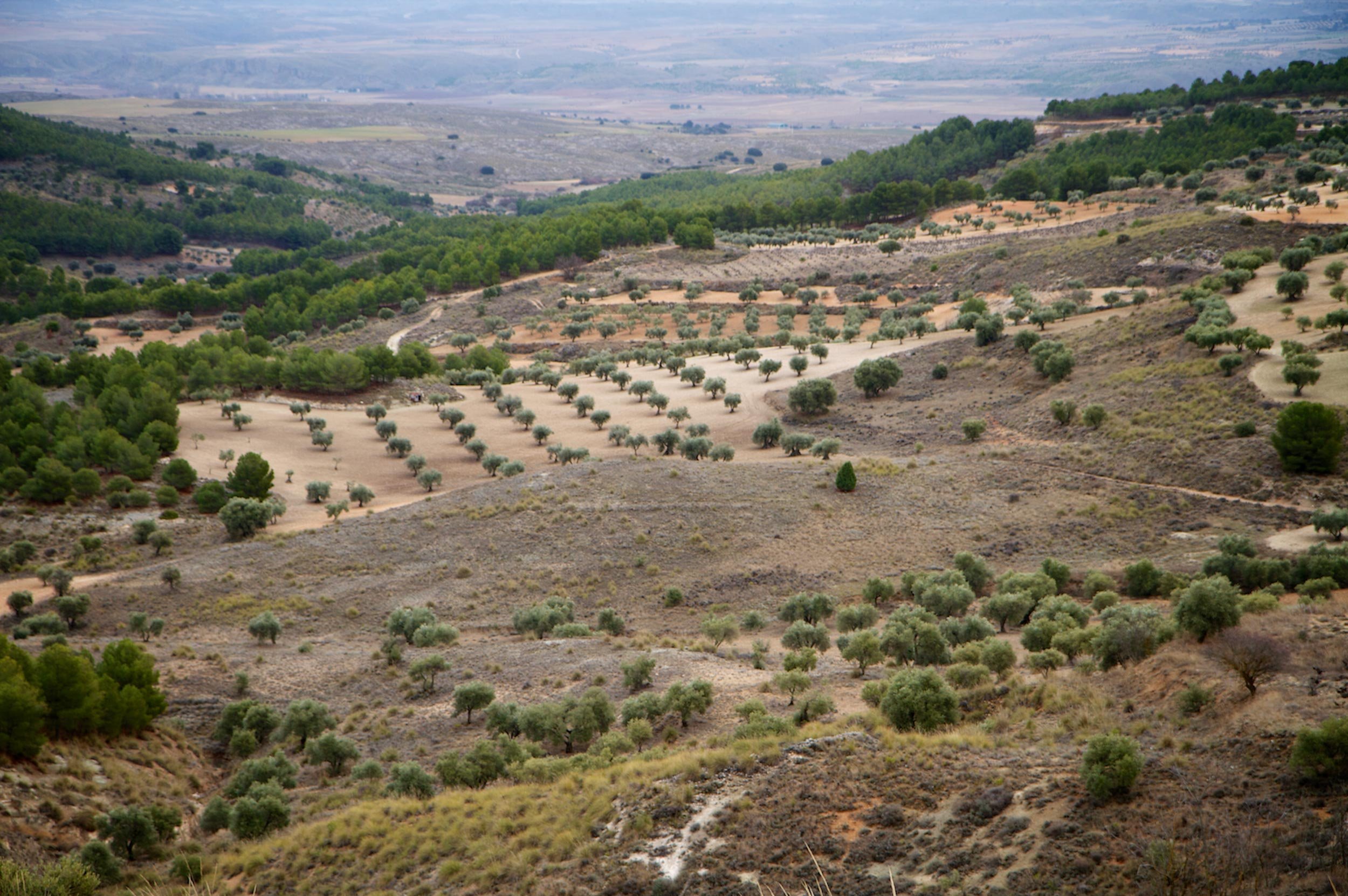The flamenco of Miguel de Cervantes
We discover references to flamenco art in the work of the great literary author.
Plaza de Cervantes, Alcalá de Henares, Madrid Photo: Choniron, Creative Commons Attribution-Share Alike 3.0 Spain
That there is a meeting point between two of the greatest signs of identity of our country, the novelist Miguel de Cervantes and flamenco, is logical. And although it may seem that the author of Don Quixote de la Mancha, one of the main works of universal literature, has nothing to do with flamenco tablaosHere we tell you that, far from imagining Cervantes in bulerías, it is precisely in his literary work where we can find elements that refer to the flamenco tradition.
Putting ourselves in context, the Spanish playwright, poet and novelist, originally from Alcalá de Henareslived between 1547 and 1616. The place that was his home has been converted today into a house-museum with free a house-museum with free admission that offers an immersive experience of Cervantes' life at that time.
During Cervantes' lifetime, the word flamenco did not exist as we know it today. It was from the mid-nineteenth century when it began to be associated with this artistic expression in Spanish literature. Therefore, the references to flamenco that we can find in Cervantes' work have to be observed with a good understanding of the origins of flamenco.
La gitanilla at the monument to Miguel de Cervantes in the Plaza Mayor of Madrid (F. Coullaut-Valera, 1960)
Photo: Carlos Delgado, CC BY-SA 3.0
In Cervantes' short story that opens the collection of the author's Novelas ejemplares published in 1613, La Gitanilla, one can glimpse the flamenco spirit of the protagonist, Preciosa, who is described as follows: "Preciosa came out rich in villancicos, coplas, seguidillas and zarabandas, and other verses, especially romances, which she sang with special flair." And he continues with another paragraph in which we can appreciate that Preciosa exudes "jondo" art: "From among the sound of the tamborín and castanets and the fugue of the baile came a rumor that praised the beauty and grace of the gitanilla, and the boys ran to see her and the men ran to look at her. But when they heard her sing, because the dance was sung, that's when the fame of the gypsy girl really took breath, and with the common consent of the deputies of the party, of course they gave her the prize and the jewel of the best dance!
As Carmen Cortés, bailaora and choreographer of prestige of the current Spanish dance, explains, "the gitanilla is an offering of Cervantes to the gypsy people.... Flamenco, the dance of the bolero school and regional dances are present, as well as music with instruments that will remind us of the entry of the gypsies into Spain".
Cervantes' Birthplace, Alcalá de Henares. Video: Region of Madrid
You may be interested in...
Live Flamenco in the Tablaos of Madrid
Your event in a
Flamenco Tablao
Learn with our Flamencopedia
Visit the Community
of Madrid






